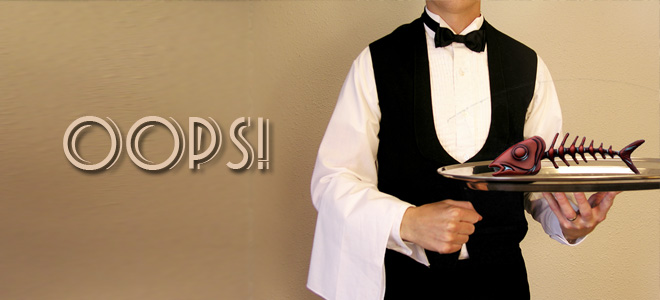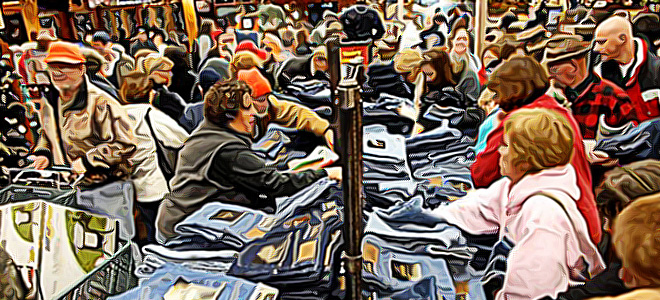
 My 13 yr. old daughter was expounding on the dangers of internet predation last night as a result of starting a new technology class. Her information was spot on until she tried to explain to me how the internet had no doubt changed since the 70’s and 80’s.
My 13 yr. old daughter was expounding on the dangers of internet predation last night as a result of starting a new technology class. Her information was spot on until she tried to explain to me how the internet had no doubt changed since the 70’s and 80’s.
I had to tell her that as far as mere mortals went there WAS no internet in the 70’s and 80’s.
Back in the 90’s however, when the internet was building into the juggernaut it is today, the phrase amongst those of us who were building websites was “Content is King”. You see, it was all about the information.
In the more recent past, yesterday to be exact, I found myself ordering electronics online. I needed to get an external hard drive and an SD card and have them shipped to my son’s college address. A seemingly simple task to be sure.
Best Buy was showing the lowest price, but their only available shipping method wouldn’t get the goodies there on time. Of course I only found that out after getting to the last stage of the check-out process. I certainly could have used some shipping information earlier in the game.
Next I went to TigerDirect, they usually have the lowest price, and found that they were only slightly more expensive than BestBuy BUT they offered second day shipping. I’ve used them before and been well satisfied with my purchases.
Once again I wove my way through the shopping cart experience, not significantly different than any other shopping cart experience really, and got to the end where I could confirm that I wanted second day shipping. This is where Tiger made the information play…for every shipping option available the site provided the estimated arrival date of the shipment. Pretty cool huh? A great piece of information to include, yes?
Well… it seems that choosing second day shipping on Jan. 8 had the good arriving in California on Jan 15. Next day service got them there by Jan 14 !?!
I wanted to confirm this odd math so I first tried the online chat function which told me they were too busy to answer. I next tried calling customer service and after 35 minutes on hold I surrendered.
A new Google search lead me to ADORAMA. I’d never heard of them before but they appeared to have the items in stock. Once again I filled my cart, created a payment profile, and selected second day shipping. This site didn’t show me any estimated arrival dates.
I called customer service who answered straight away. I explained my situation, wanting to be sure that if I paid for two day shipping that it would in fact take two days. After providing the SKU’s I was looking for the agent confirmed that if my order was entered prior to 8:00pm EST is would indeed arrive in Thursday, if my order was confirmed later than 8:00 the items would arrive Friday.
They got my business.
TigerDirect provided the most comprehensive information of any of the three sites. But the information seemed wrong in context…leading me to my second axiom from the early days of the internet: “Content is King but Context is Crucial.”
It is likely the situation that The Case of the Odd Shipping Dates has something to do with distributed order fulfillment or in stock items or some such internal, logical excuse. I don’t care. Two days is two days.
In this case the vendor who presented LESS information won because they provided a significantly better customer experience.
As a result I now have a new bookmark for finding consumer electronics. Experience trumps Information, and sometimes, it even trumps price.
Is it your experience the eCommerce sites generally provide the right amount of information or do you find your self scrammbling to sort it out as often as not?


















